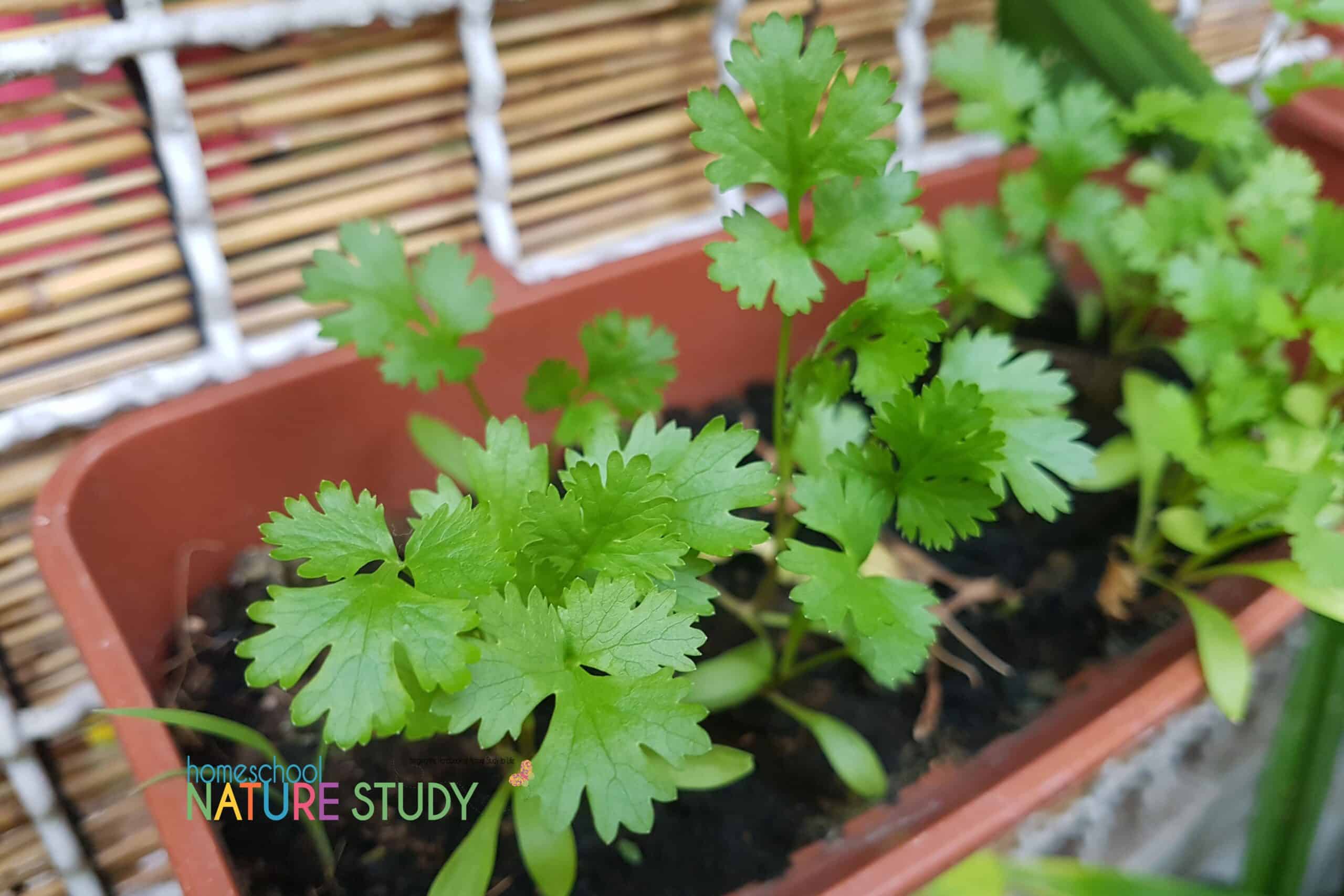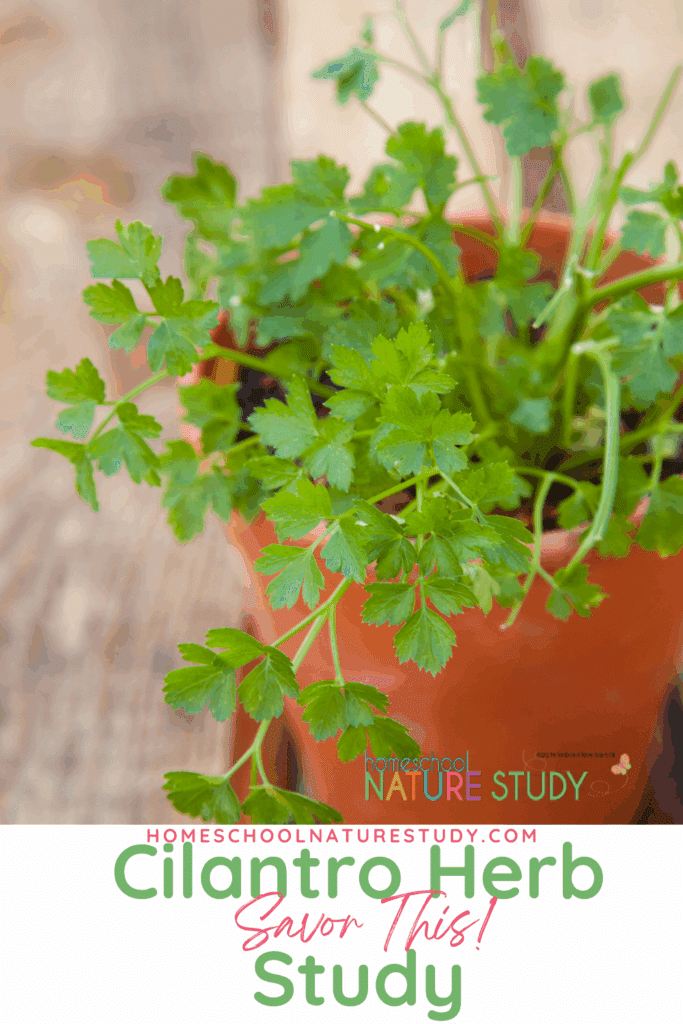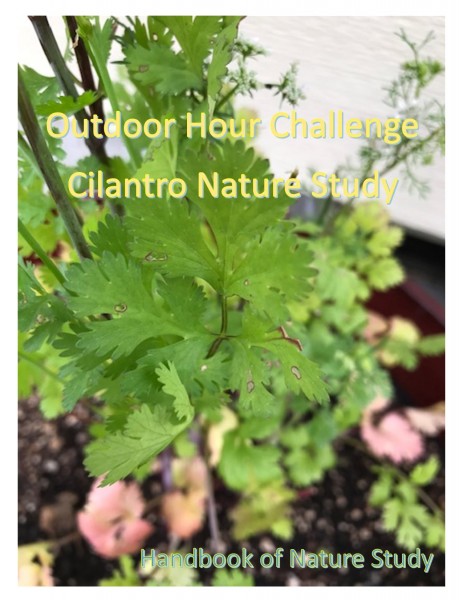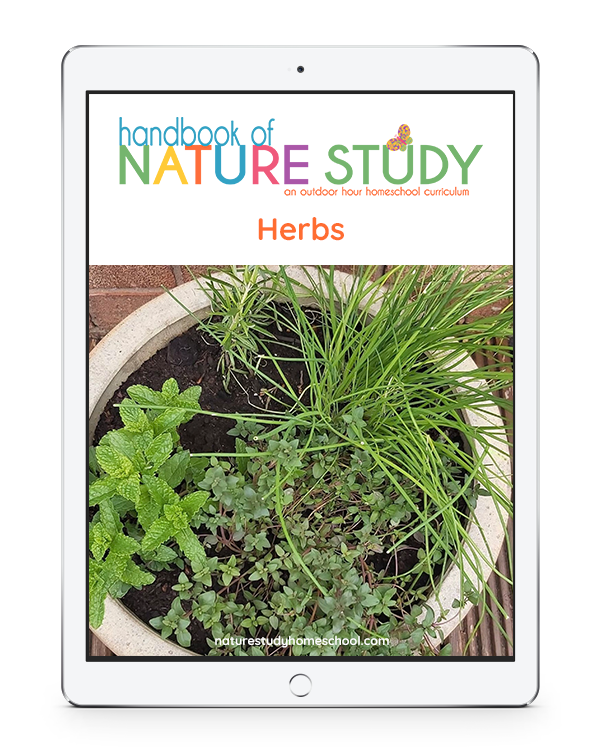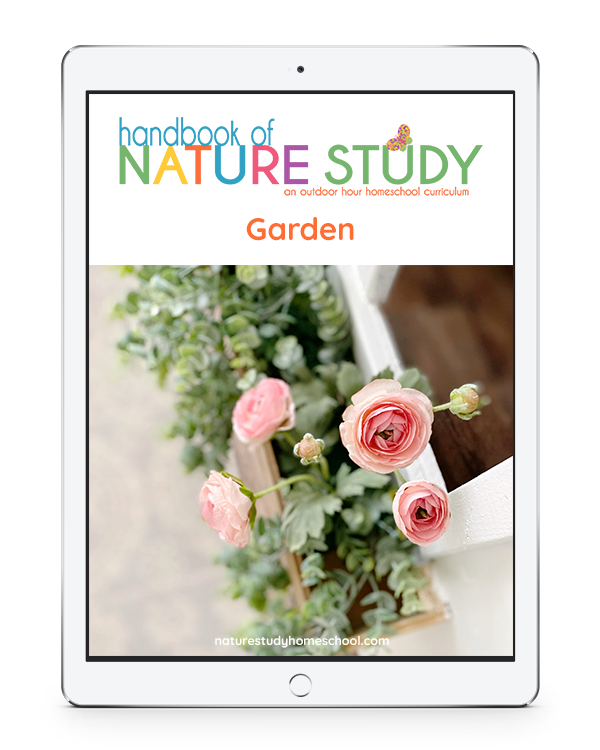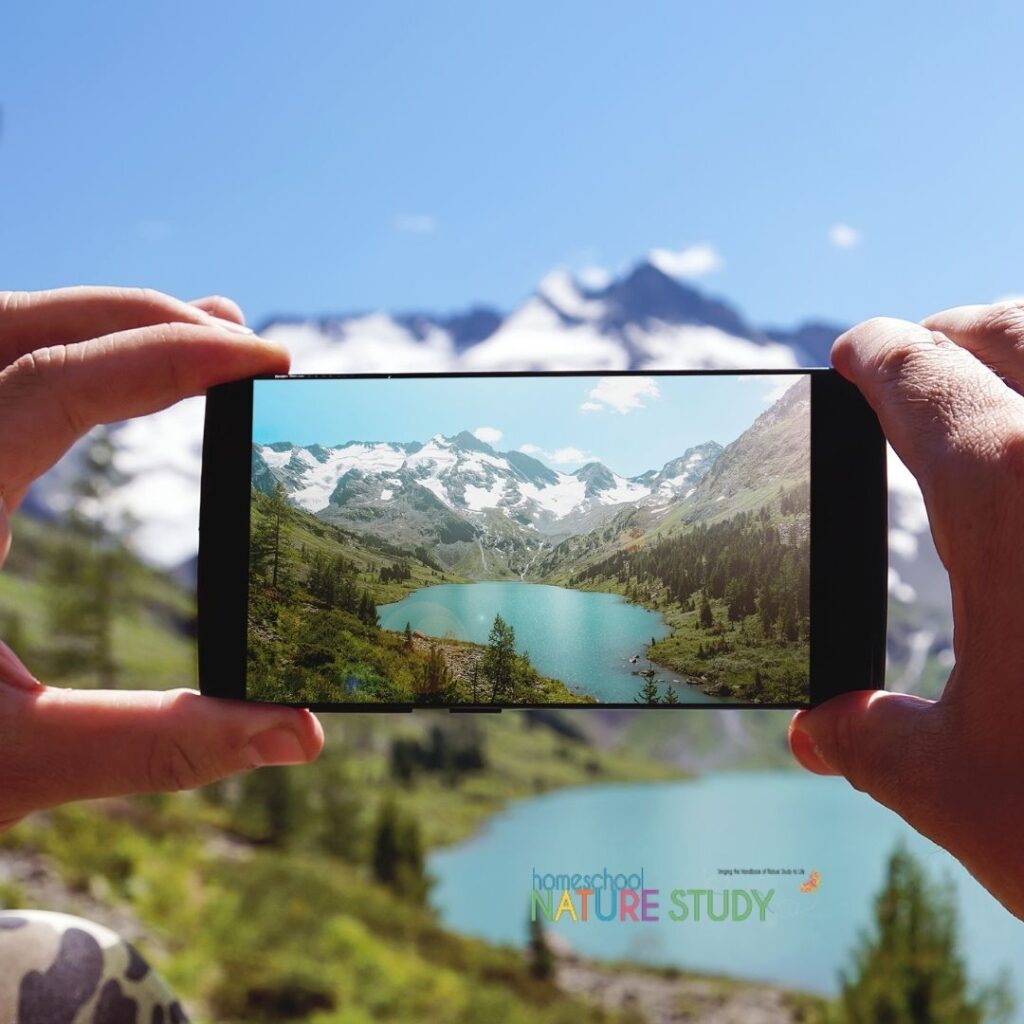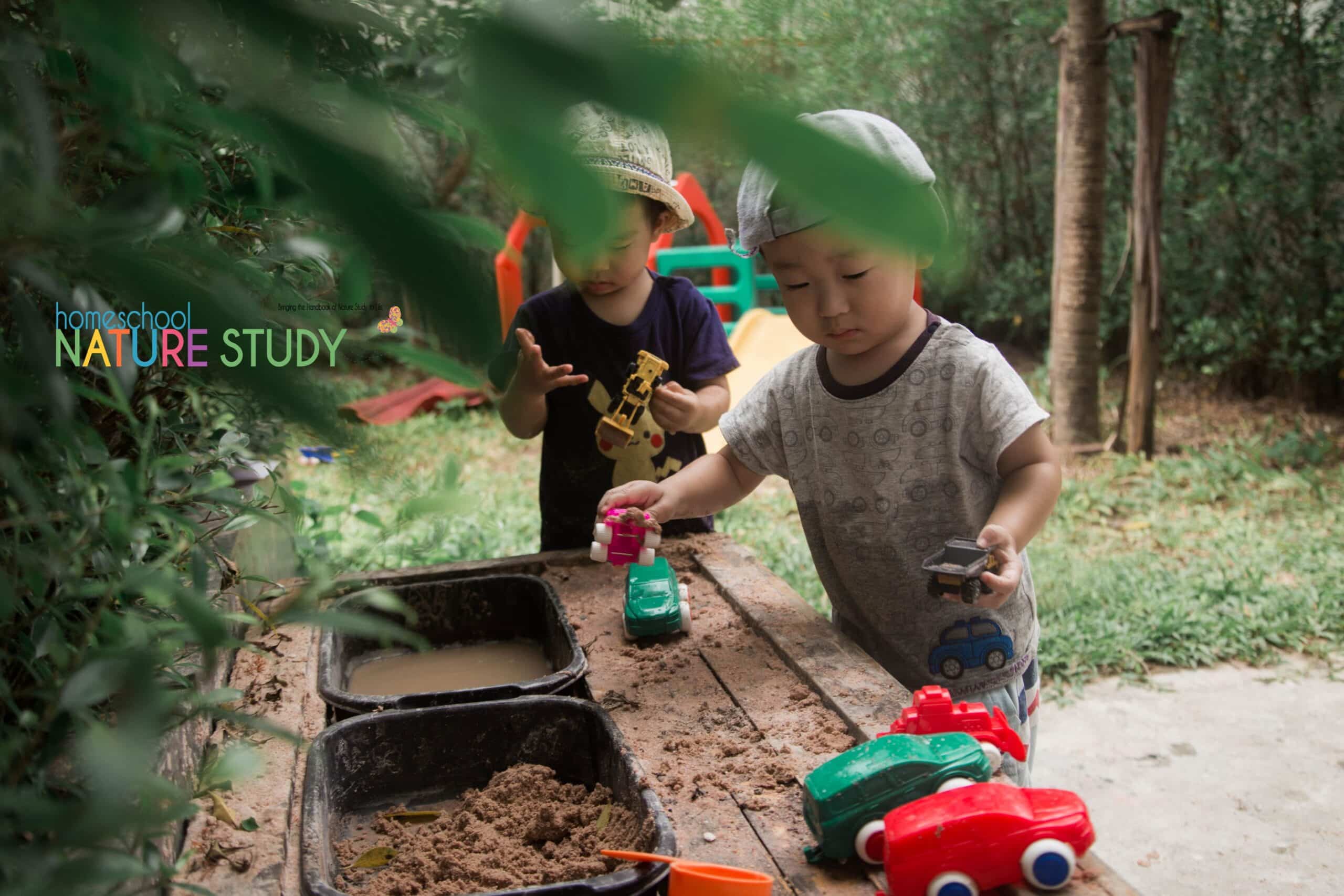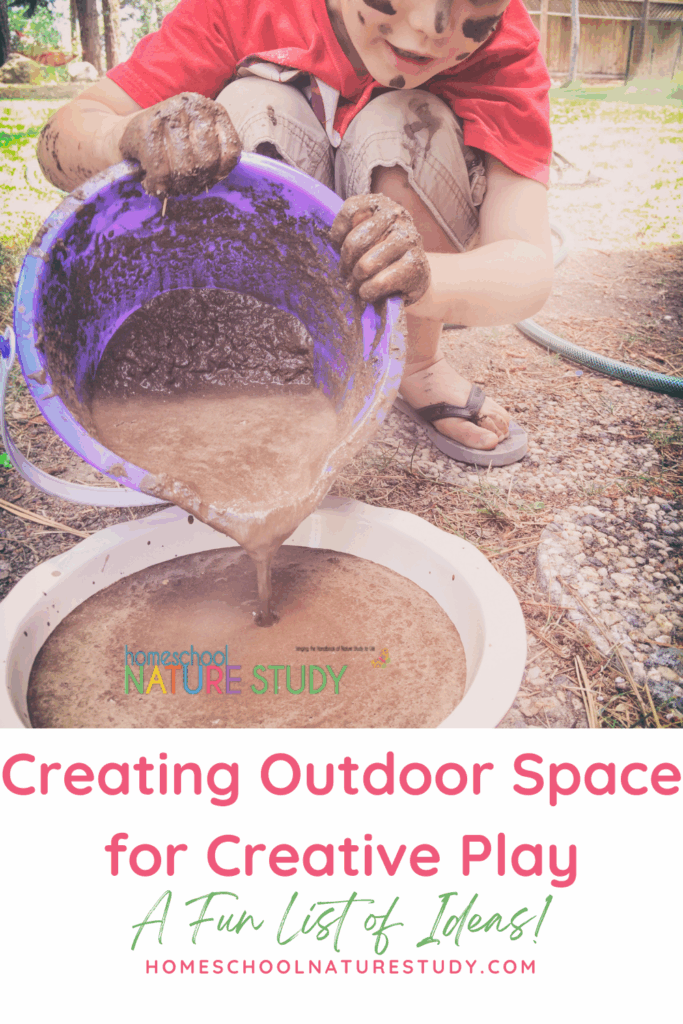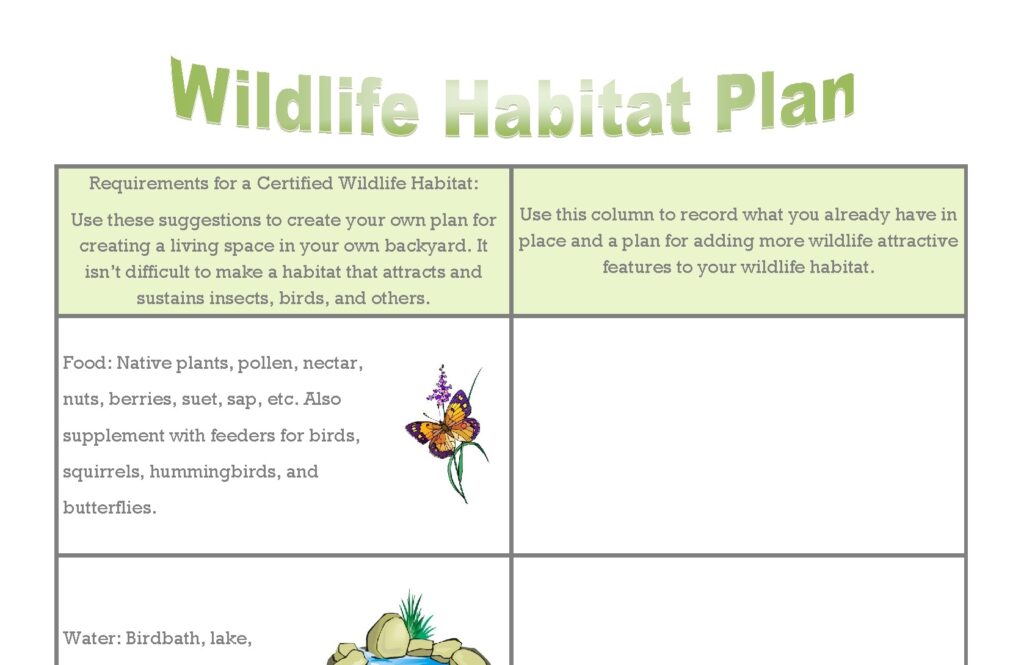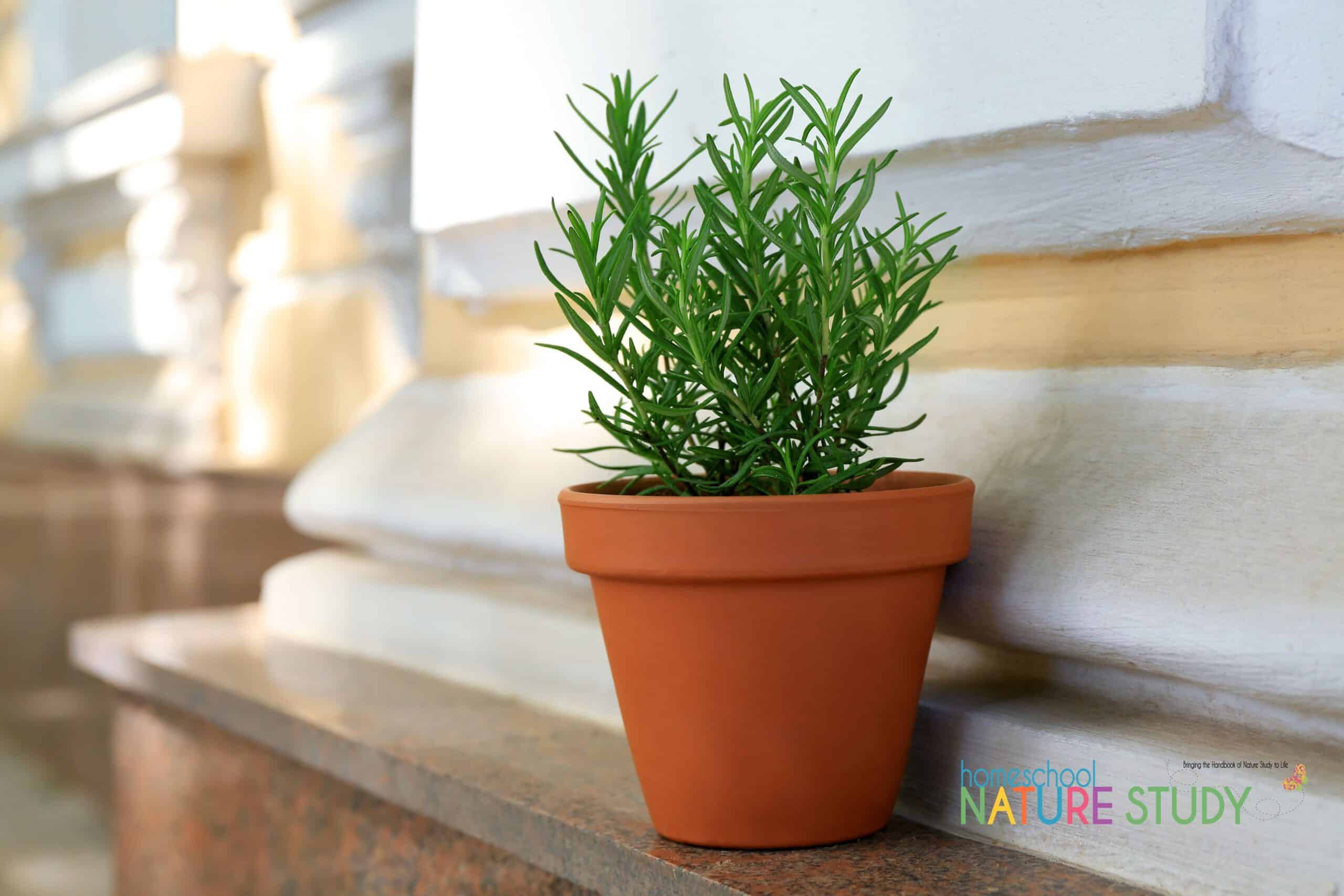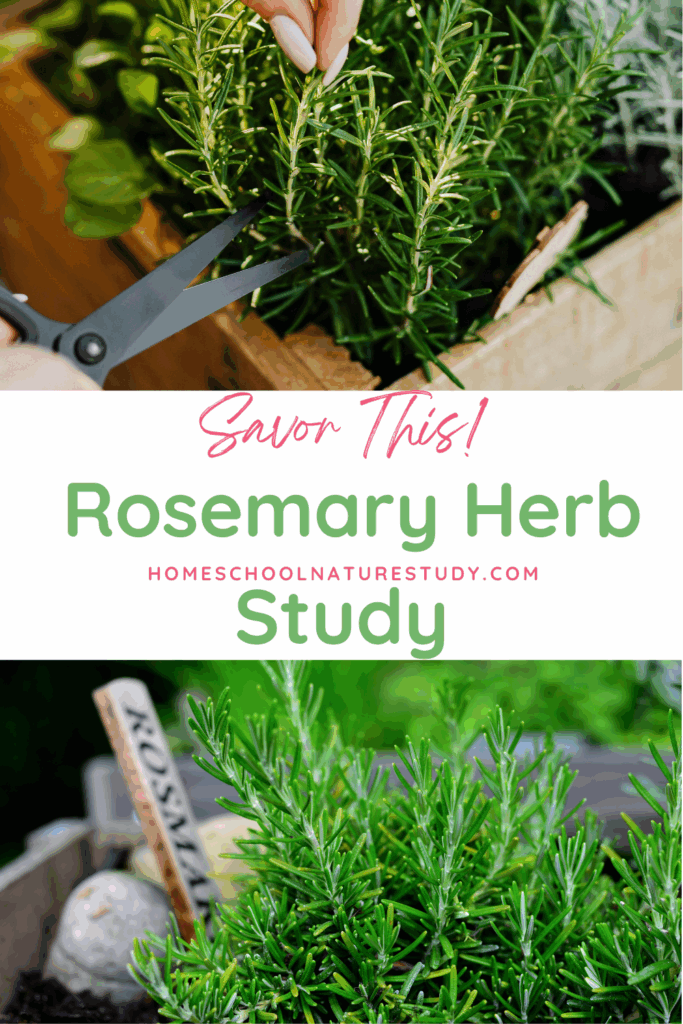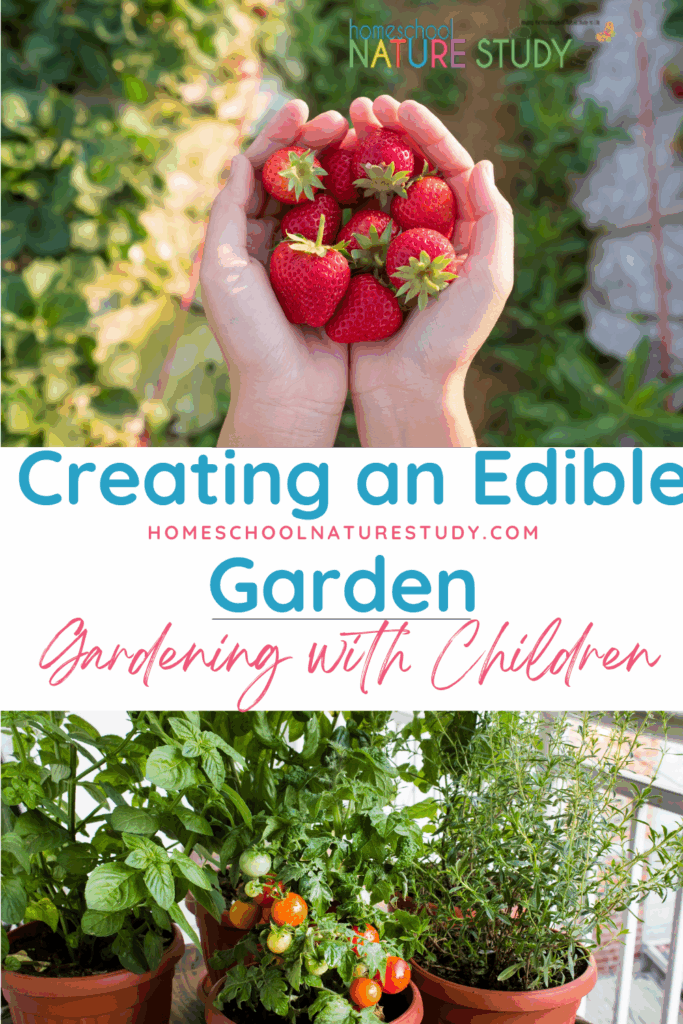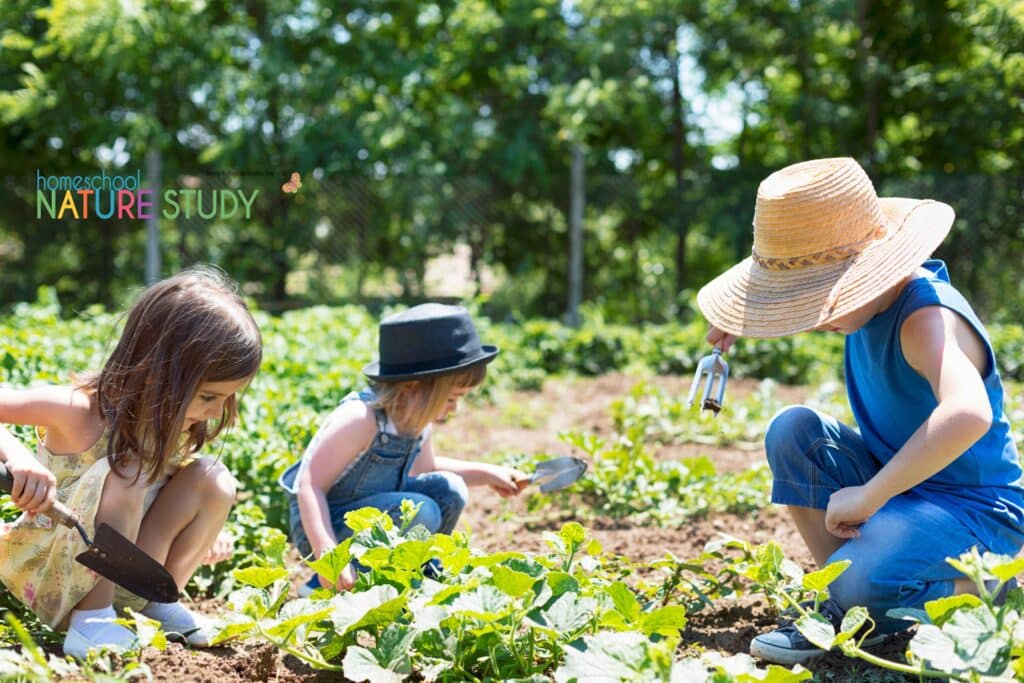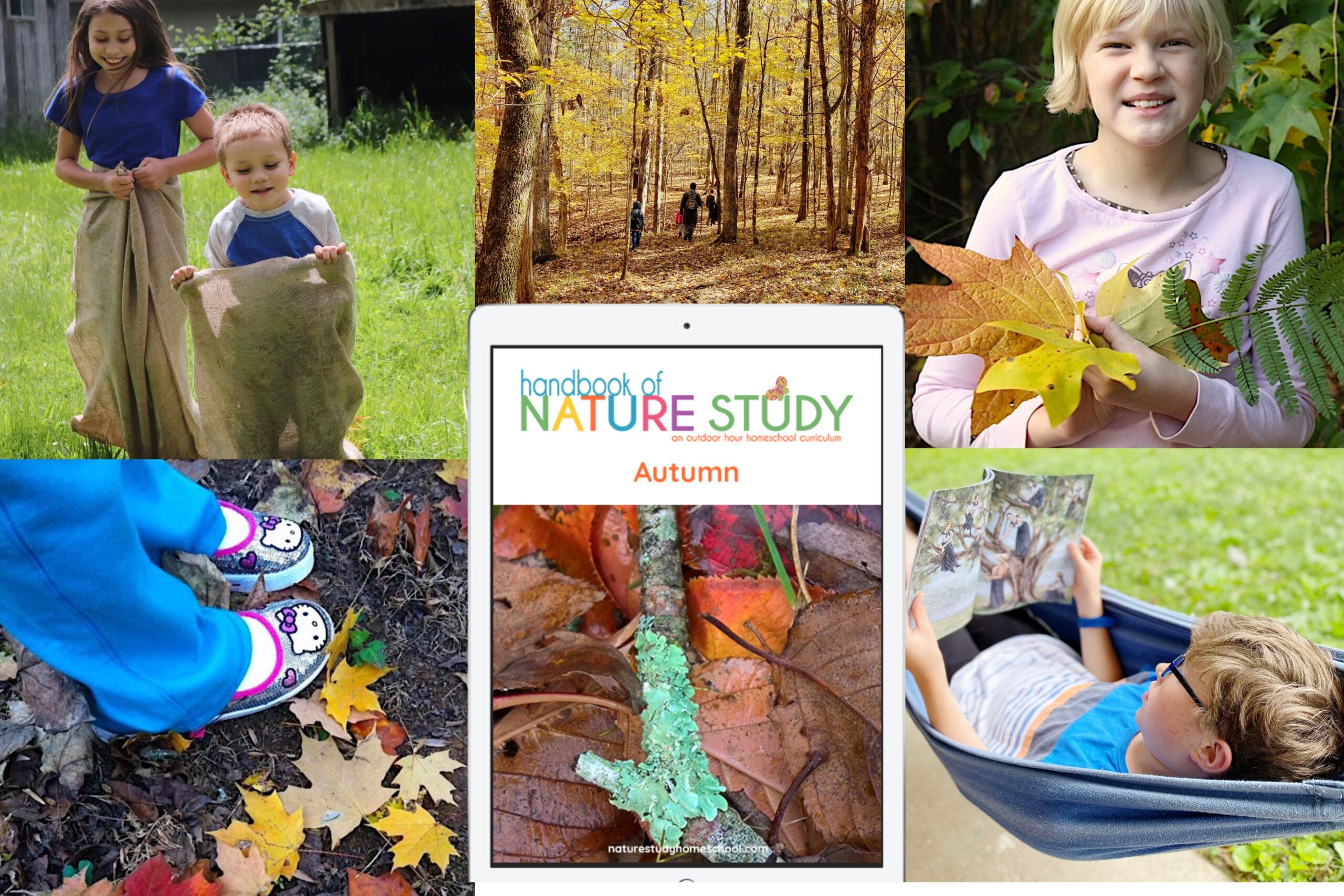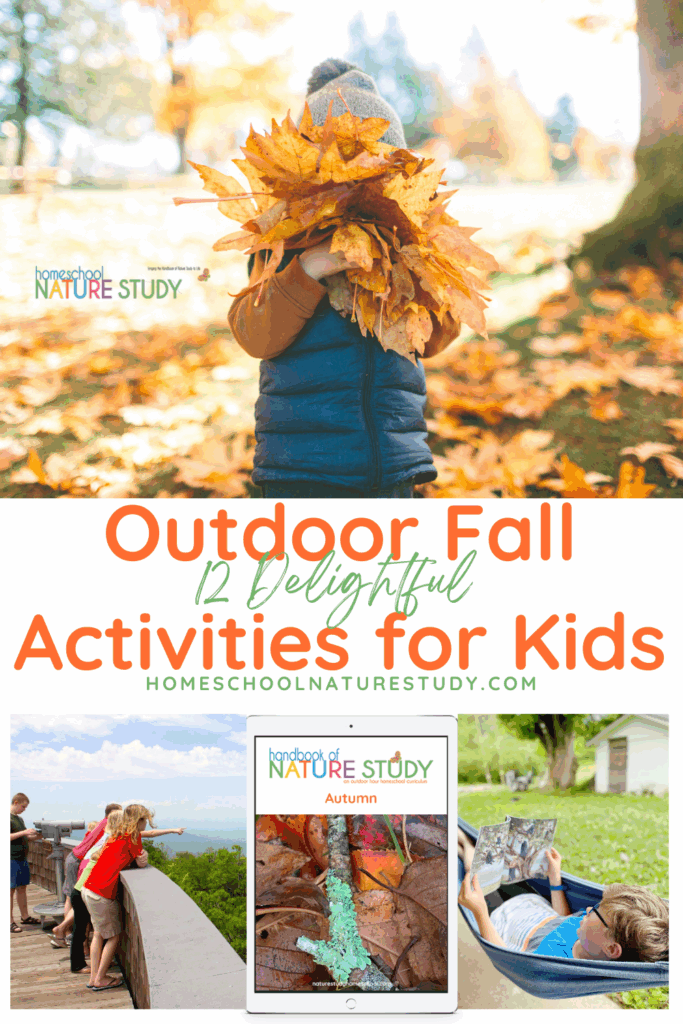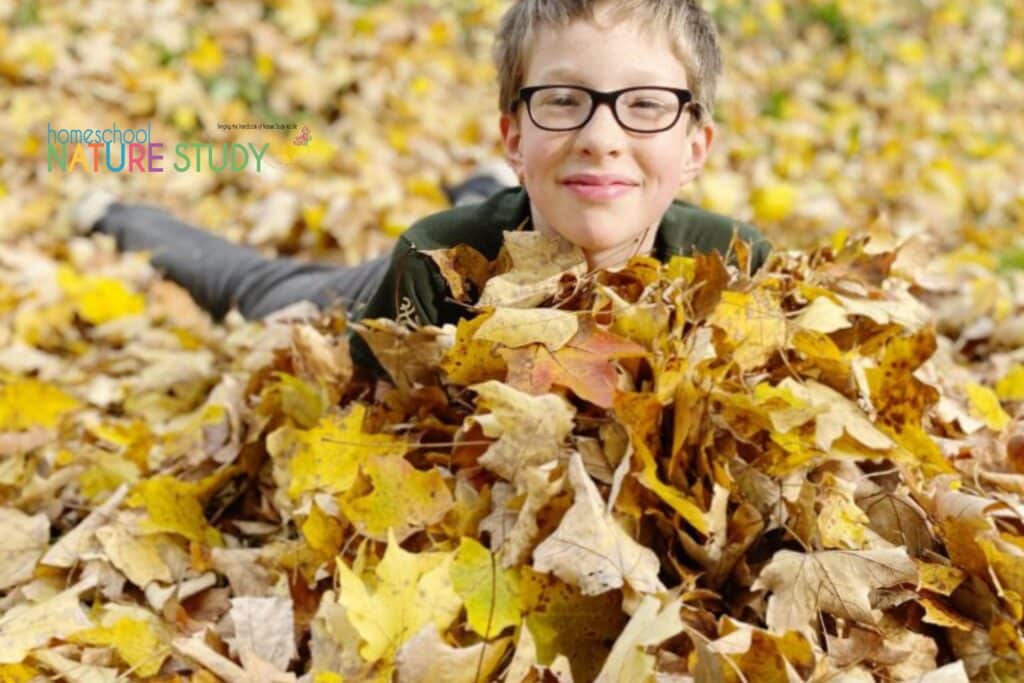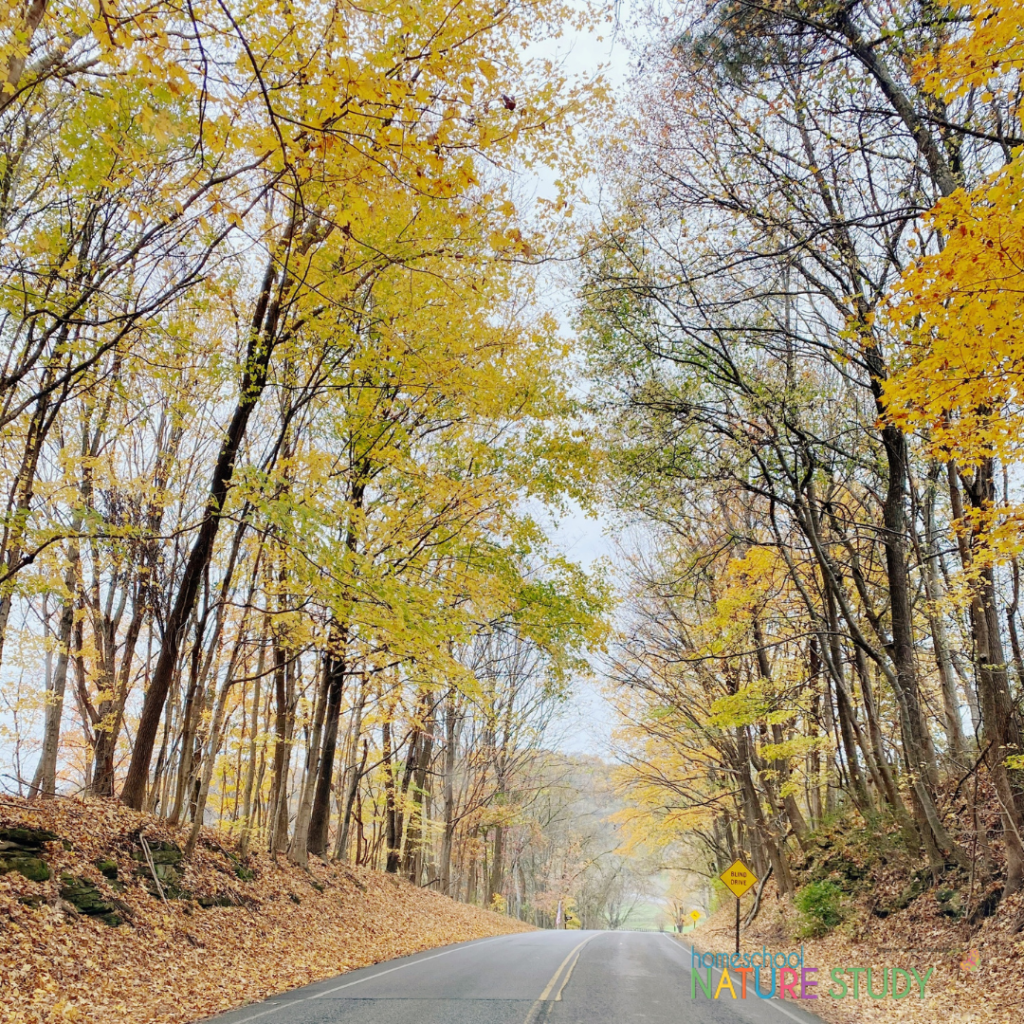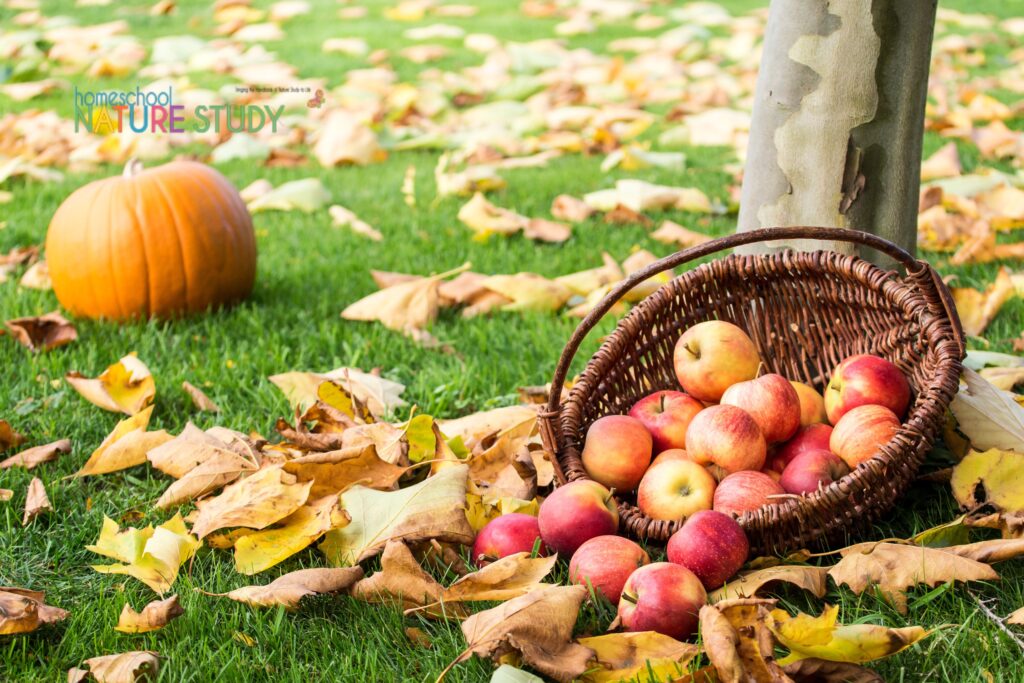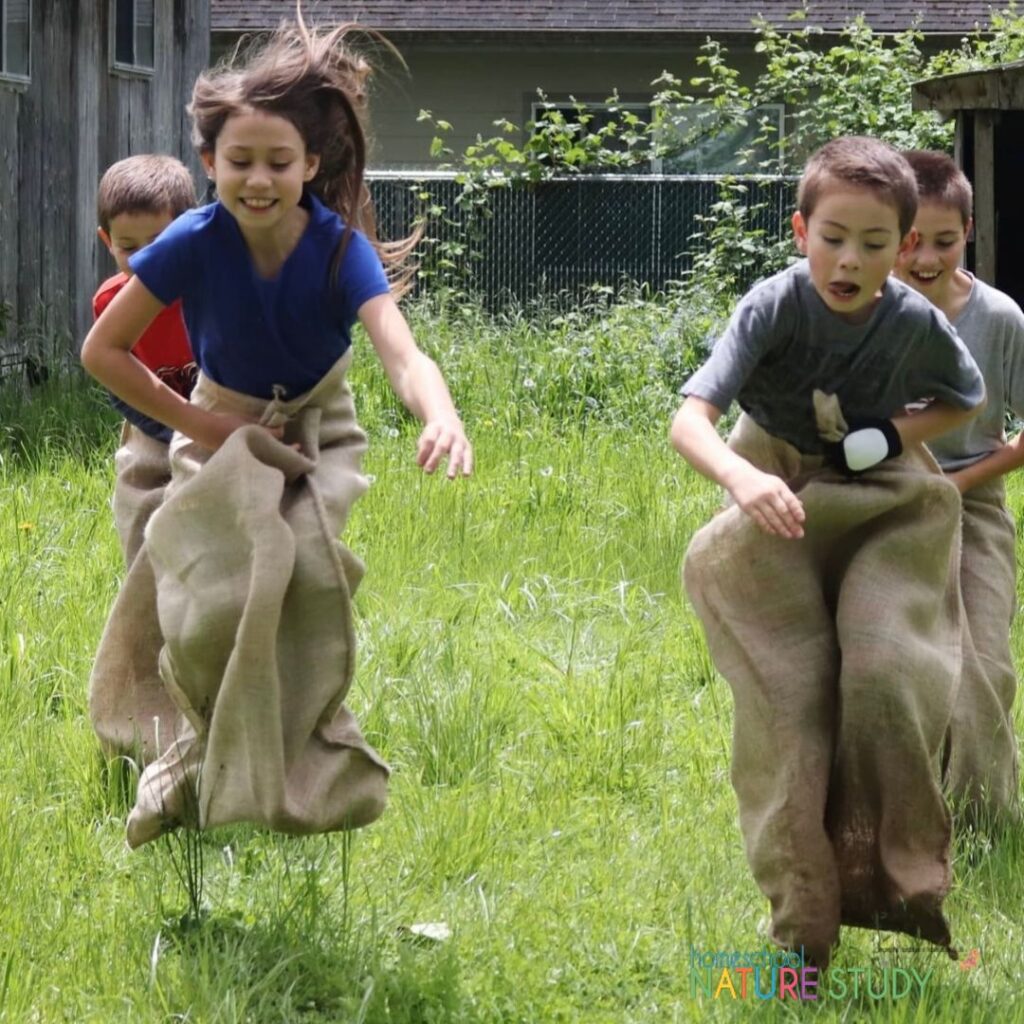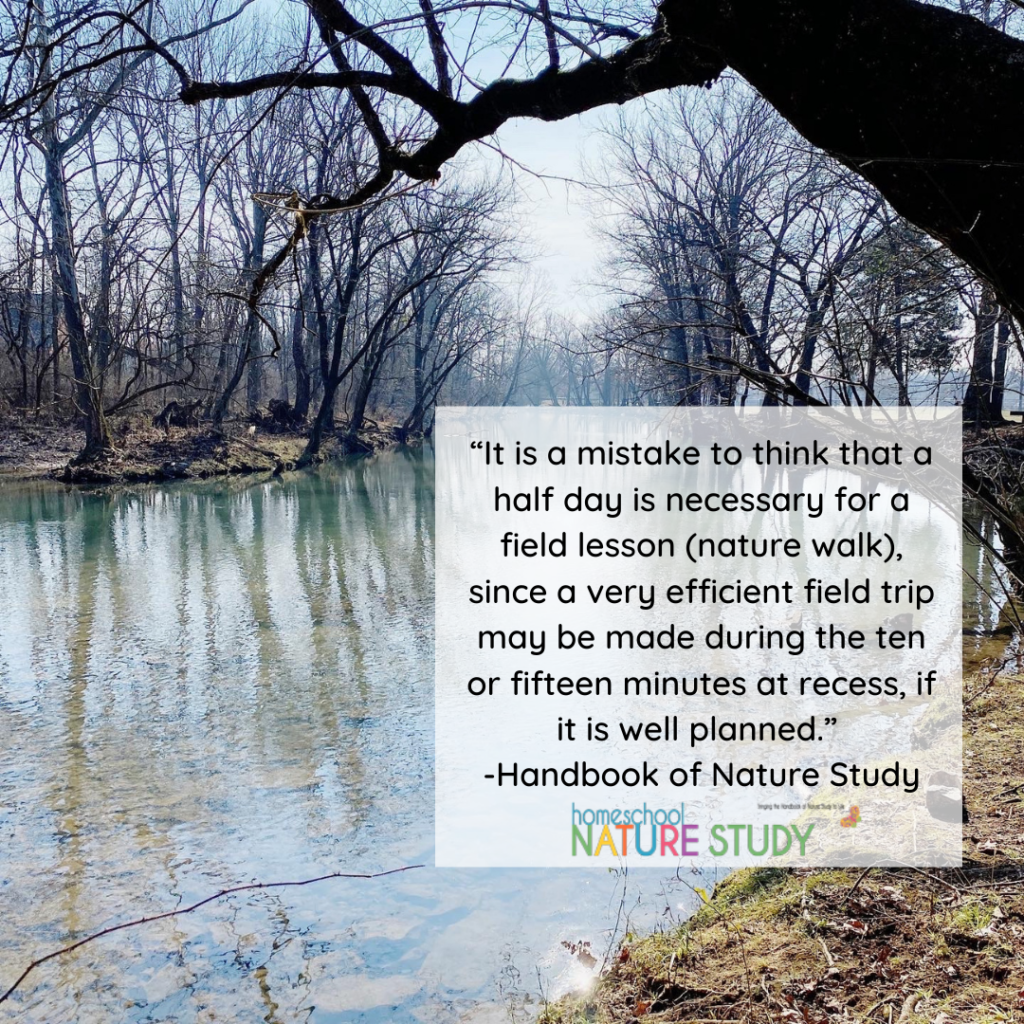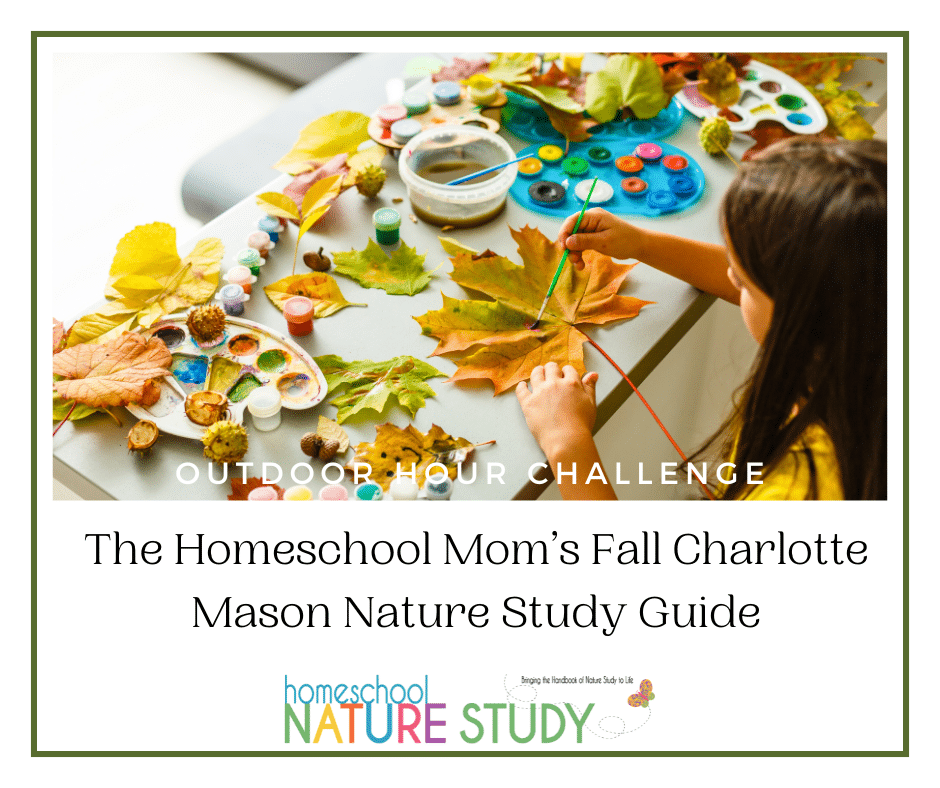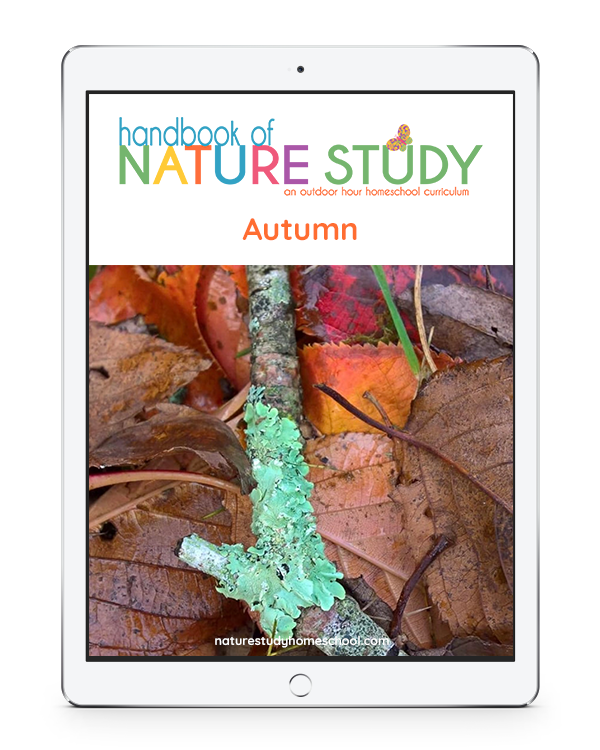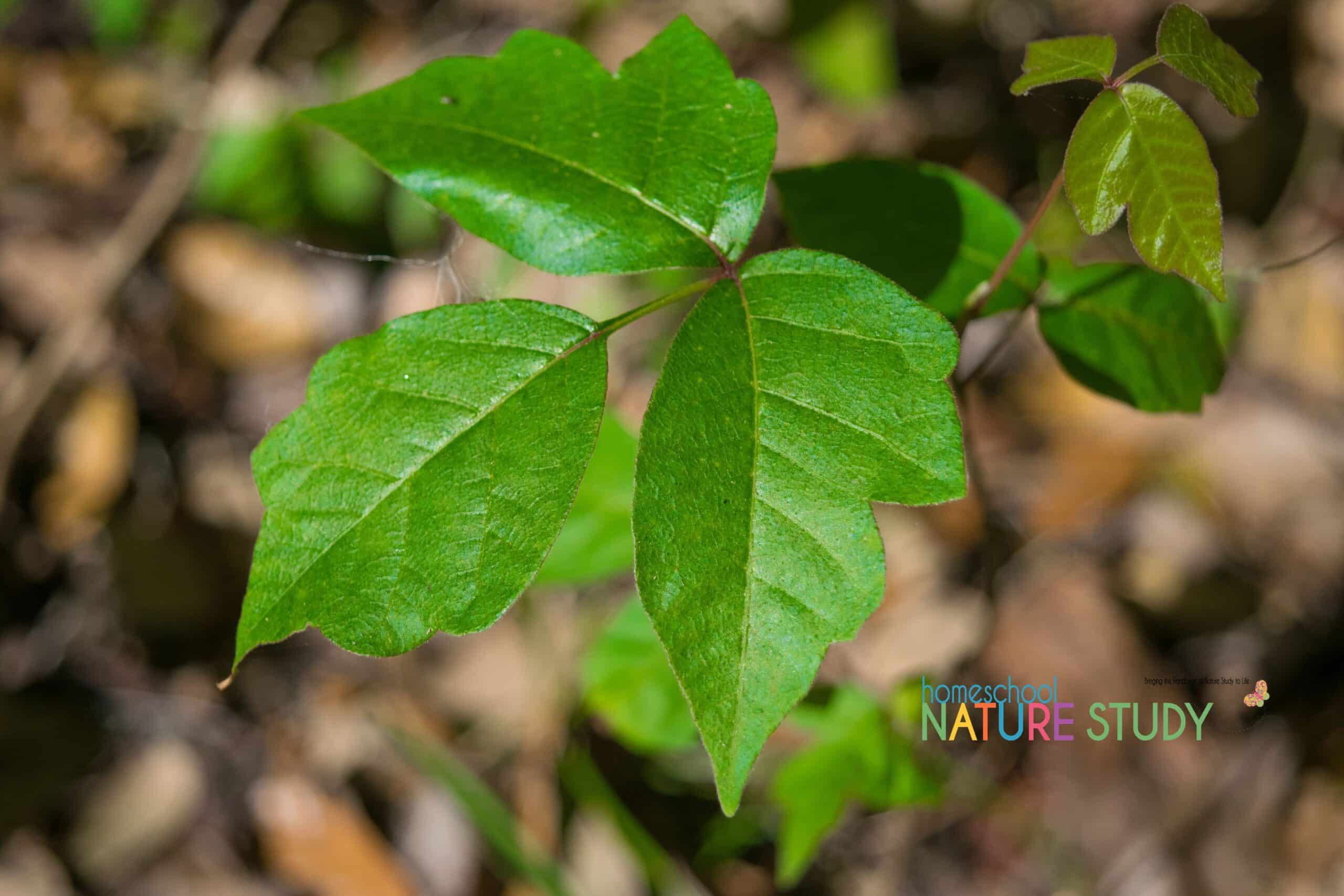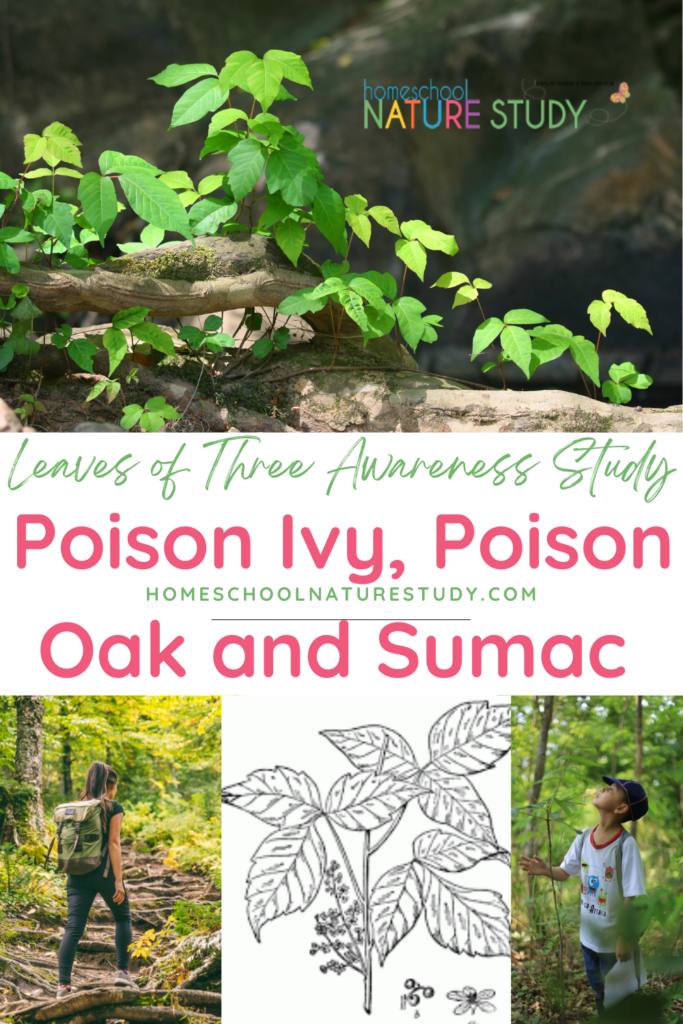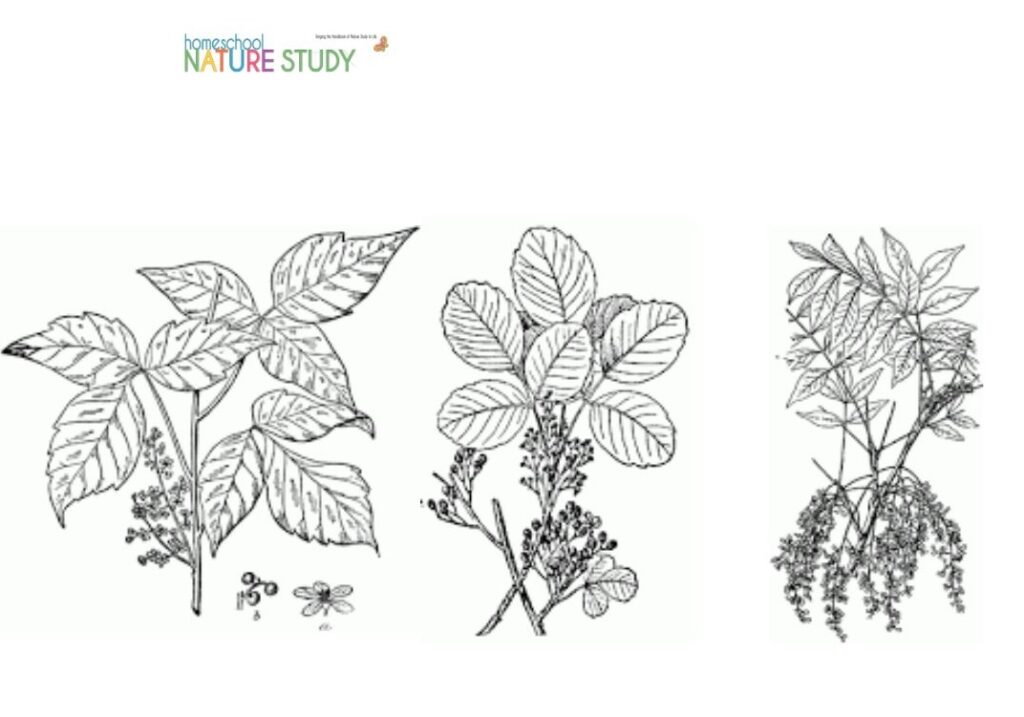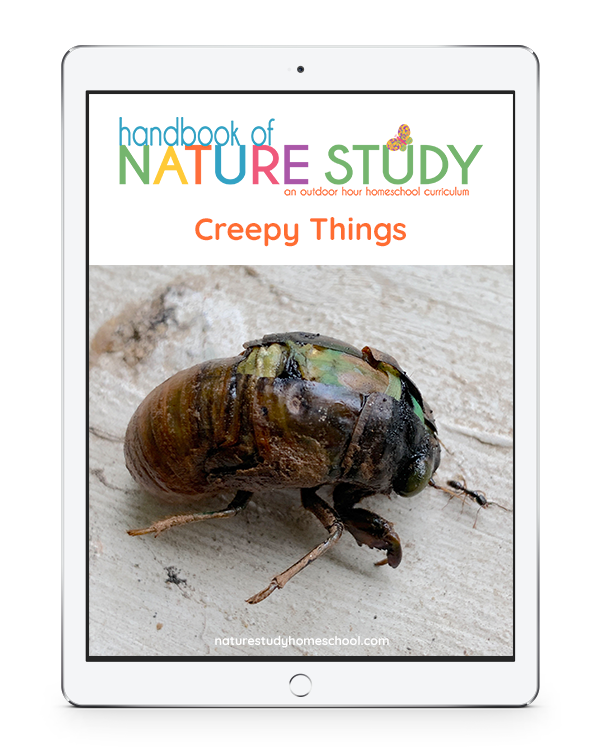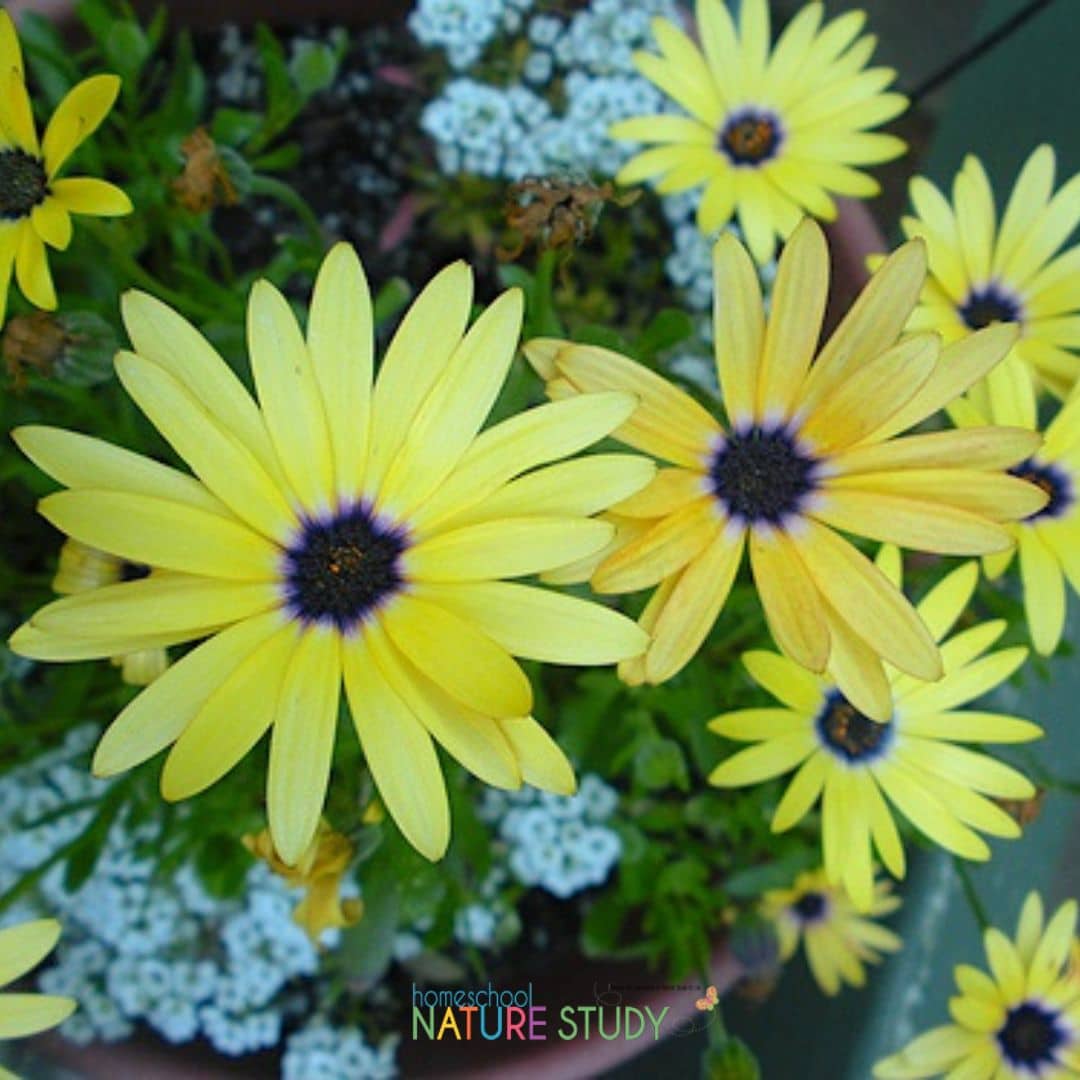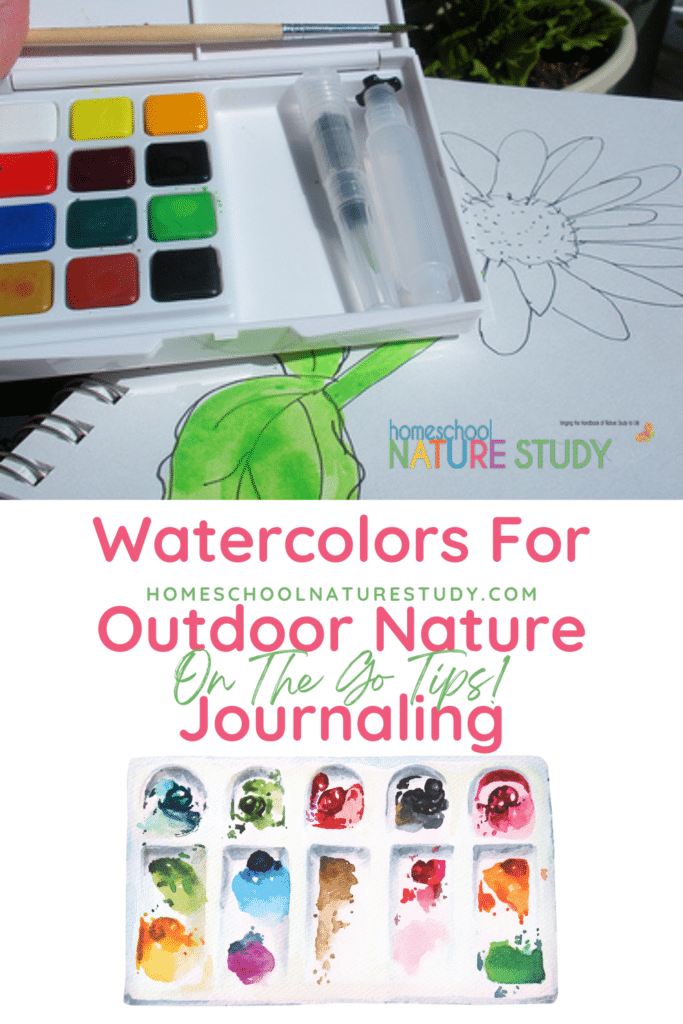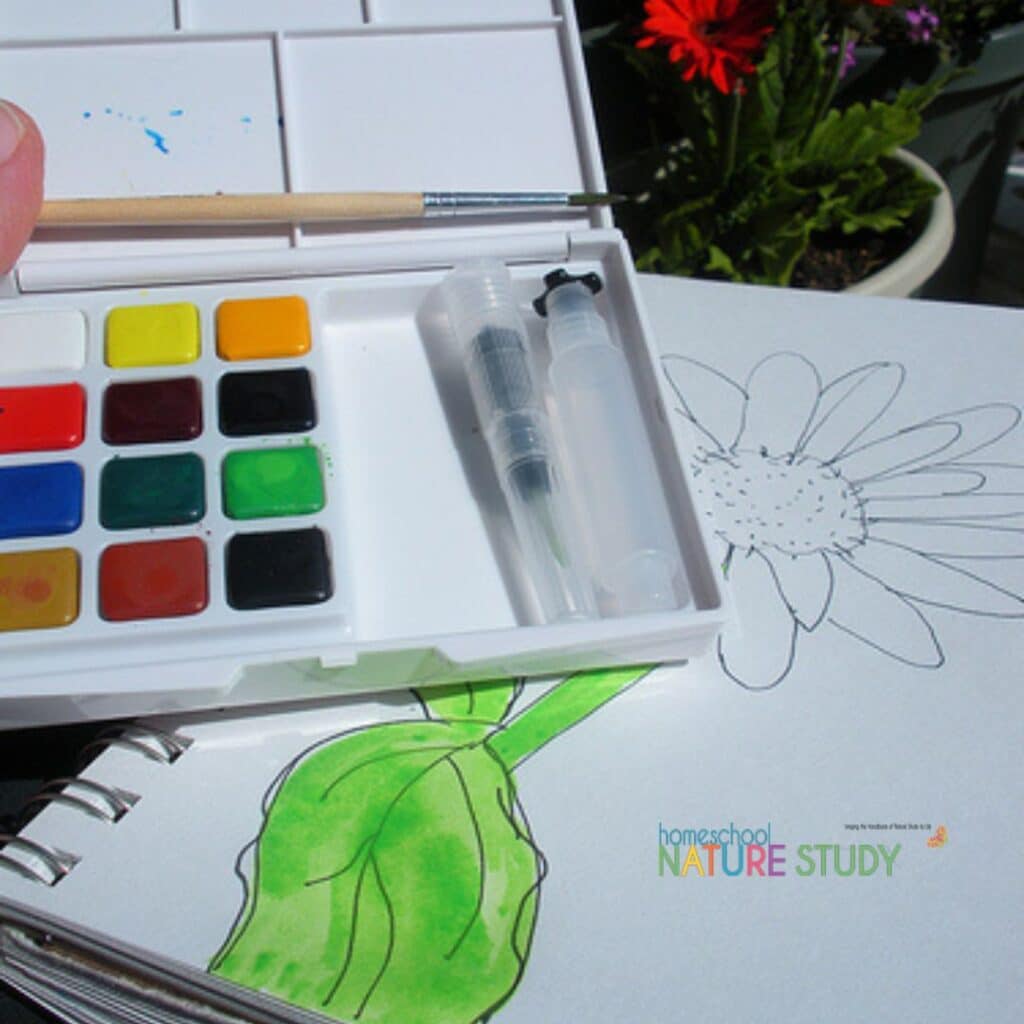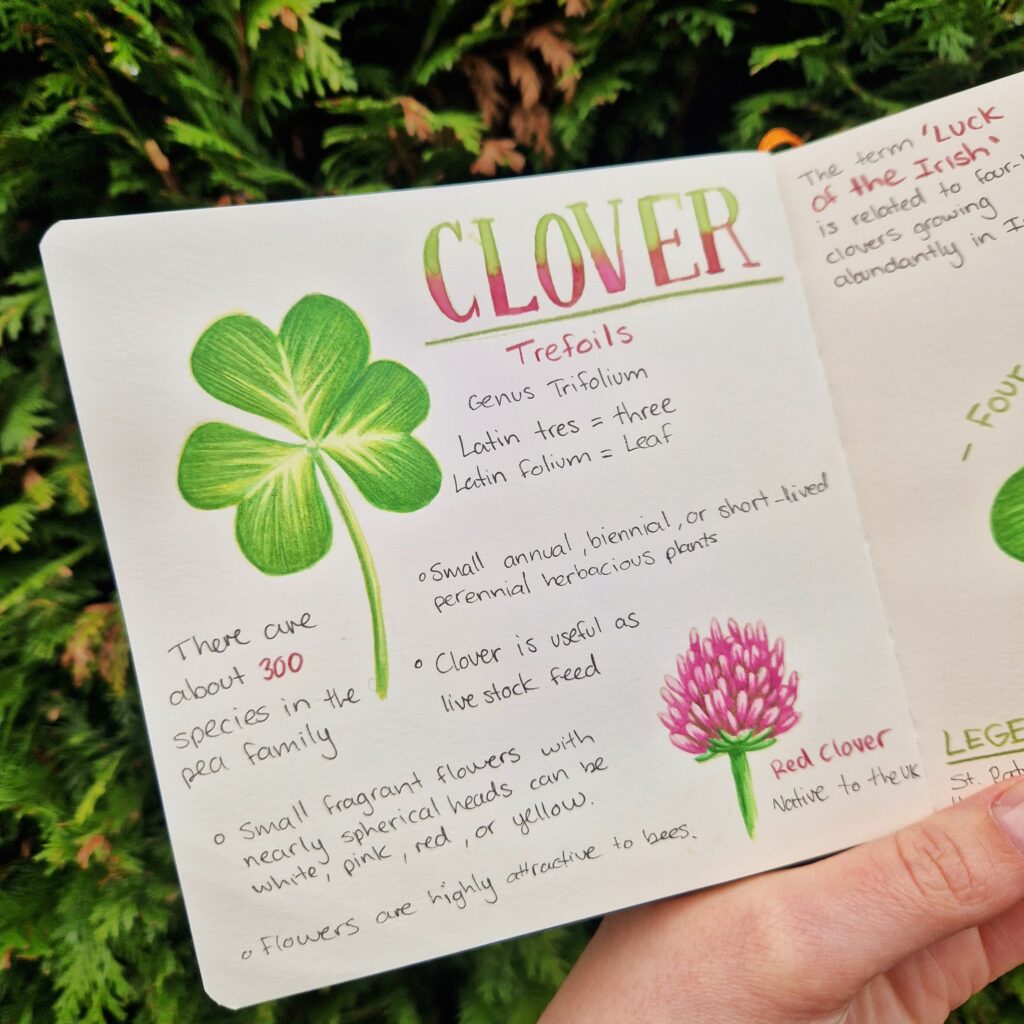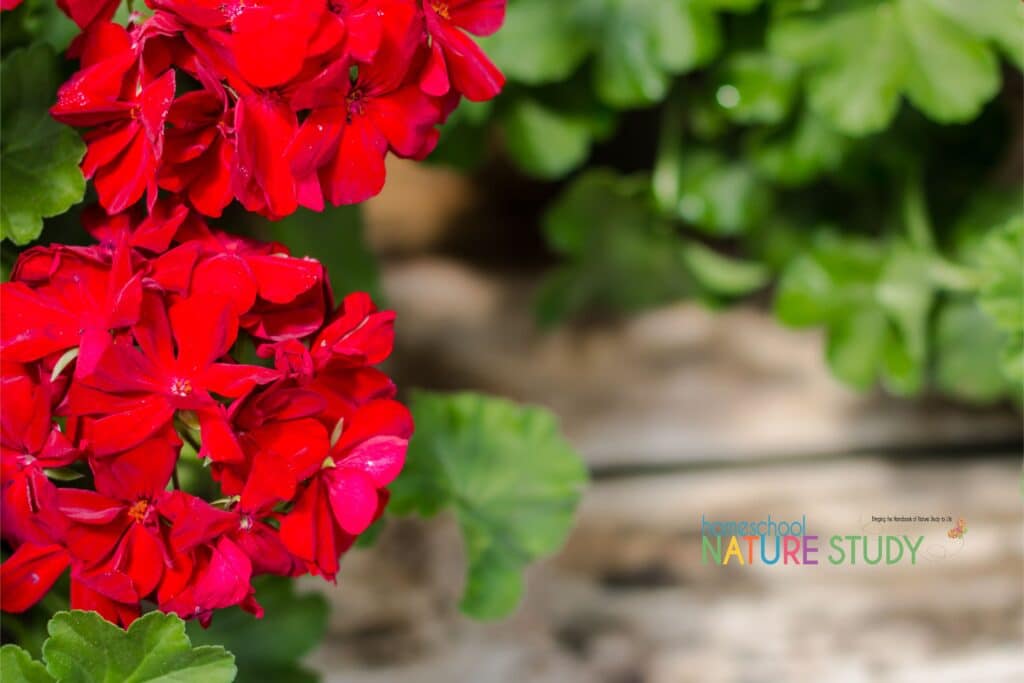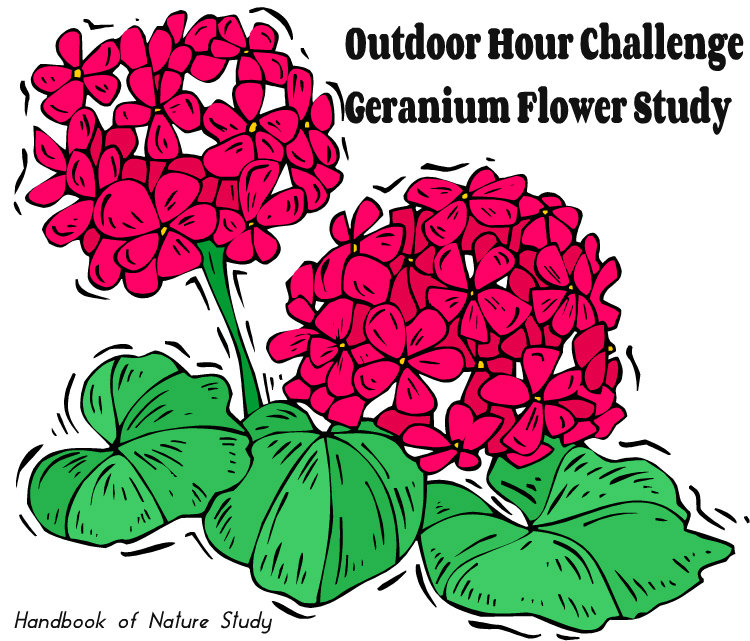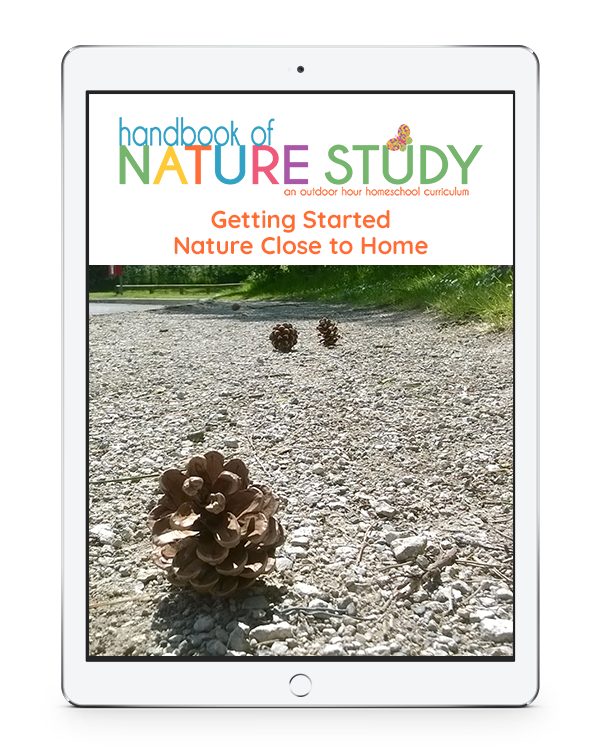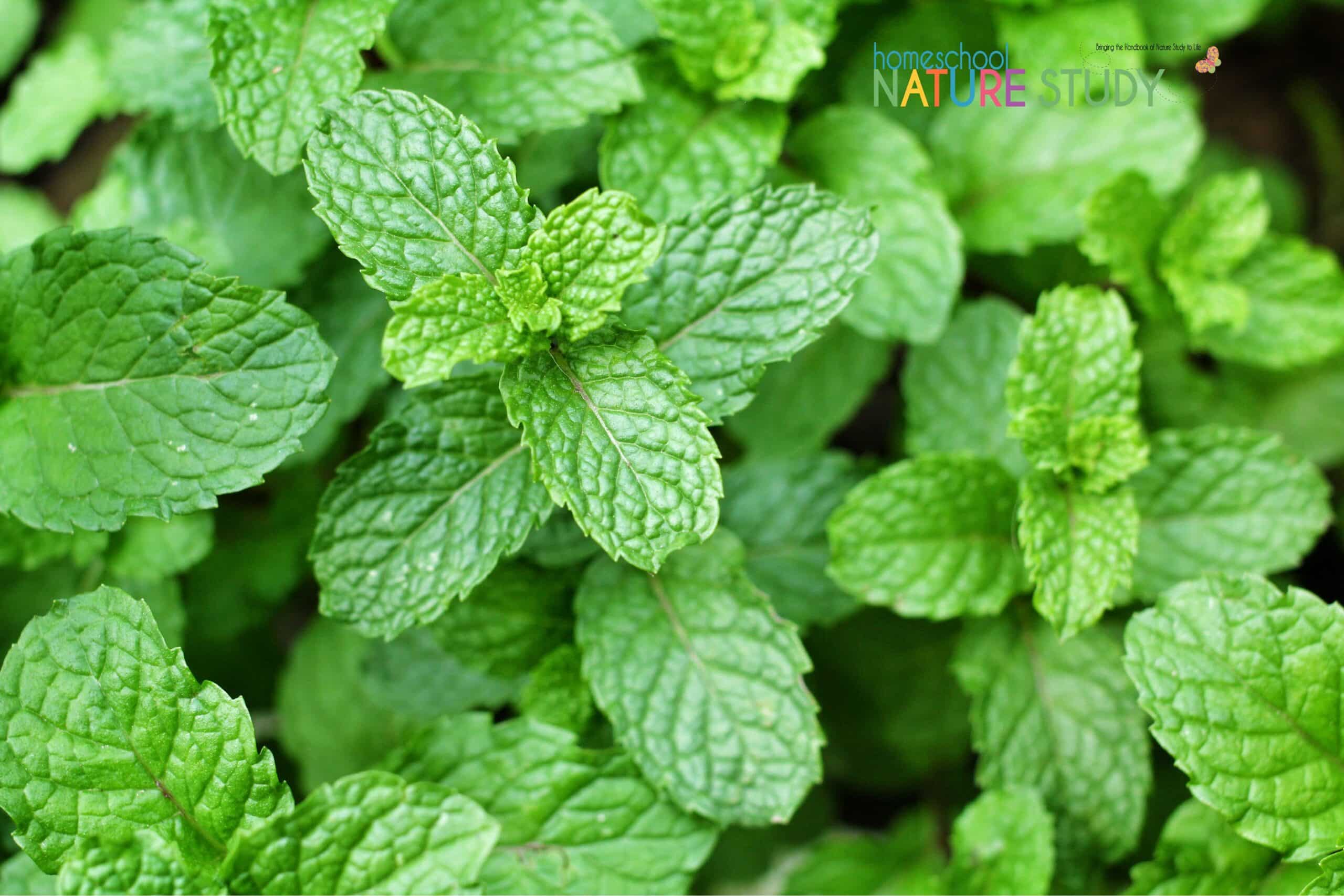
This week we’ll be studying mint as part of the herb nature study series. This plant is an easy plant to grow for beginners and younger students.
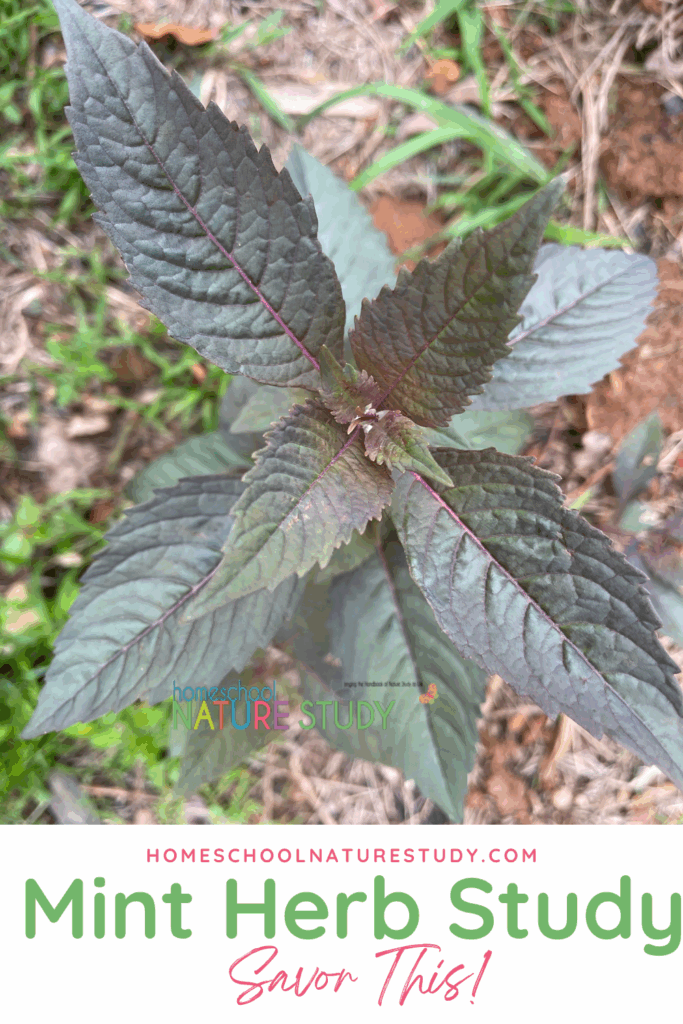
Outdoor Hour Challenge: Mint Herb Nature Study
Here are a few observation ideas for you to get started:
- Note the mint’s square stalk and the opposite pair of aromatic leaves. Feel the stem. Crush the leaves between your fingers for a more intense scent. Does it smell like toothpaste?
- Note the color and height of the stem.
- Look at the leaves and observe the shape and veins. What is the texture of the leaf? Taste a few of the fresh leaves if possible.
- Observe the flowers if they are present. What is their color and size? Do they have a fragrance? Did you see any insects on the plant or flowers? Bees, hover flies, and tachinid flies all are attracted to mint flowers.
- Advanced Study: Grow and then study two kinds of mint. This link has a list of a variety of mints you could choose from: Mint Plant Varieties.
Remember that the rest of the challenge is available to members here at Homeschool Nature Study. You will need to sign into your membership to see the Herb Ebook Outdoor Hour Challenge Curriculum.
Remember that the rest of the challenge is available to members here on the Handbook of Nature Study.
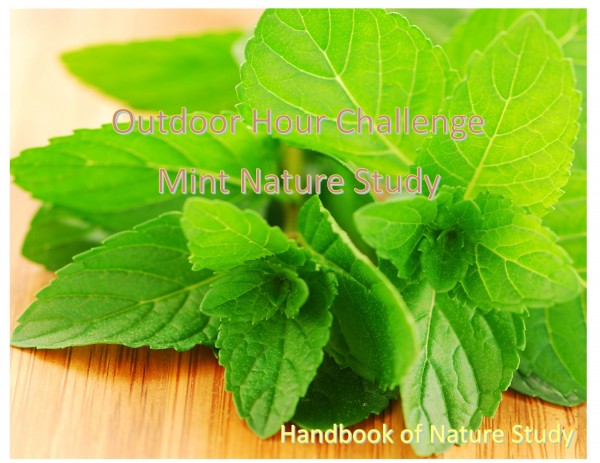
Outdoor Hour Challenge! Please note that this challenge for cilantro is found in the sample for this ebook. Your family is welcome to download the sample, use the suggestions for nature study, complete a notebook page for your nature journal, and perhaps even use the coloring page.
Get Your Outdoor Hour Challenge Herb Nature Study eBook Sample
Included in the Herb Nature Study Homeschool Curriculum are eight Outdoor Hour Challenges for you to complete as part of your nature study lessons with your children. These challenges are not based on information in the Handbook of Nature Study by Anna Botsford Comstock. You’ll be using internet links and field guides to glean information about each topic.
There are 6 coloring pages.
This 49-page digital ebook curriculum has 8 challenges and supplemental activities that will help you learn about some popular and common herbs you can easily grow in your garden.
There are multiple custom notebooking pages for each of the topics. You can choose from simple notebook pages or more advanced notebooking pages.
Here are the specific topics included in this Herbs Curriculum:
- Cilantro
- Basil
- Bee Balm
- Oregano
- Dill
- Thyme
- Sage
- Mint (this study)
Bonus: Rosemary Herb Study

More in Herbs Nature Study Course
This Herbs course in Homeschool Nature Study membership includes:
- Outdoor Hour Challenge printable curriculum
- Herb Study Planner Page
- Resource and Supplies List
- Herb Study Planning Page
- Instructions For Using The Herbs Curriculum
- Planting Herbs to Attract Insects
- Herbs in a Child’s Garden
- Herbs from Renee’s Garden
- Notebook Pages: Regular and Advanced Versions
- Coloring Pages
You might also like: Creating an Edible Garden: Gardening with Children.
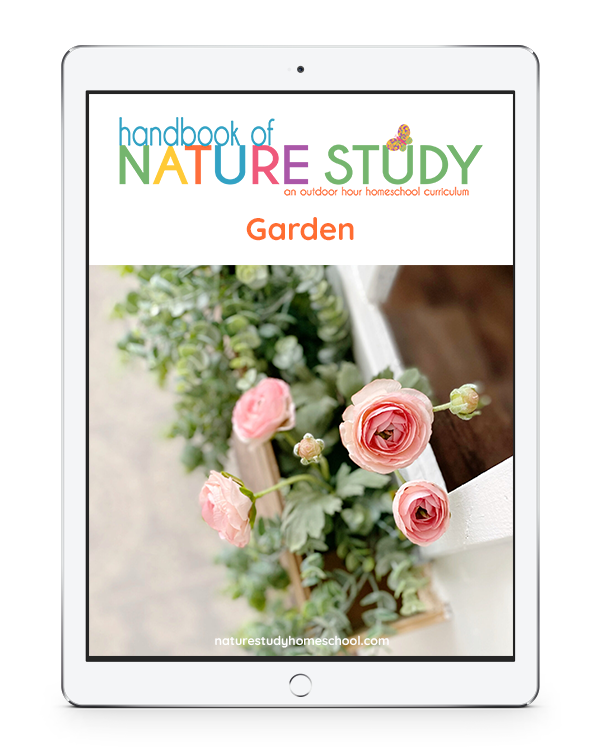
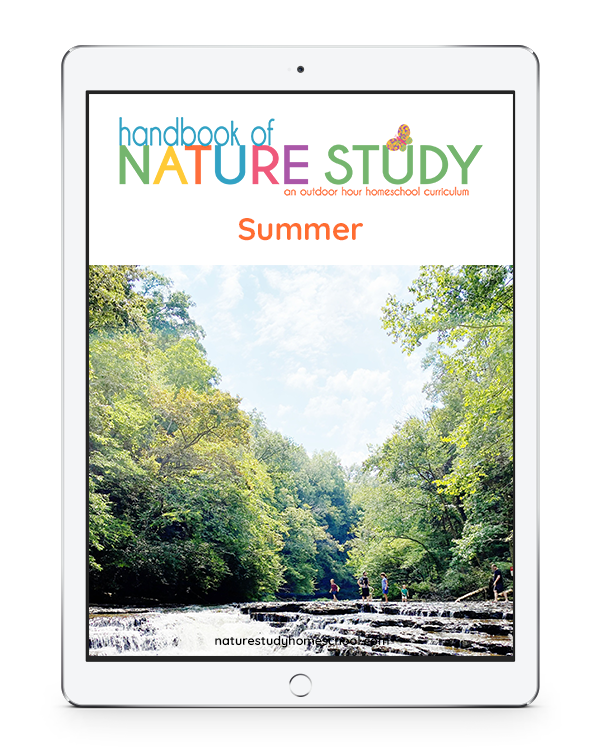
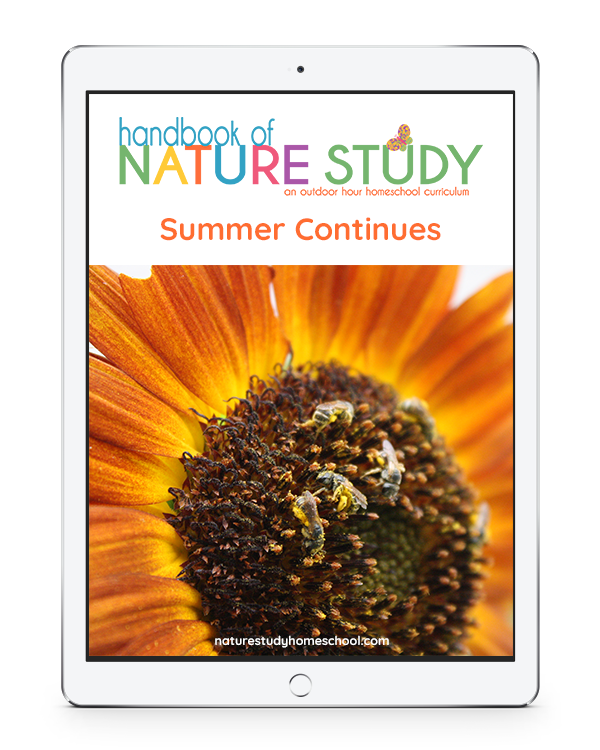
Homeschool Nature Study Membership for Year Round Support
Can you believe all of these herb homeschool resources you will find in membership? You will also find a continuing homeschool nature study series plus all the Outdoor Hour Challenges for nature study in our Homeschool Nature Study membership. There are 25+ continuing courses with matching Outdoor Hour curriculum that will bring the Handbook of Nature Study to life in your homeschool! In addition, there is an interactive monthly calendar with daily nature study prompt – all at your fingertips!
We have quite a few new participants in the Outdoor Hour Challenges so I want to give a big welcome to everyone!
Be inspired. Be encouraged. Get outdoors!
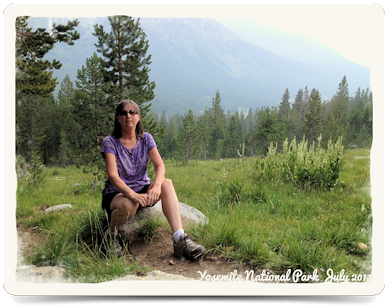
Outdoor Hour Challenge by founder, Barbara McCoy. Updated by Tricia June 2025. Tricia and her family fell in love with the Handbook of Nature Study and the accompanying Outdoor Hour Challenges early in their homeschooling. The simplicity and ease of the weekly outdoor hour challenges brought joy to their homeschool and opened their eyes to the world right out their own back door! She shares the art and heart of homeschooling at You ARE an ARTiST and Your Best Homeschool plus her favorite curricula at The Curriculum Choice. She and her husband, Steve, are also publishers of Unit Studies by Amanda Bennett.

